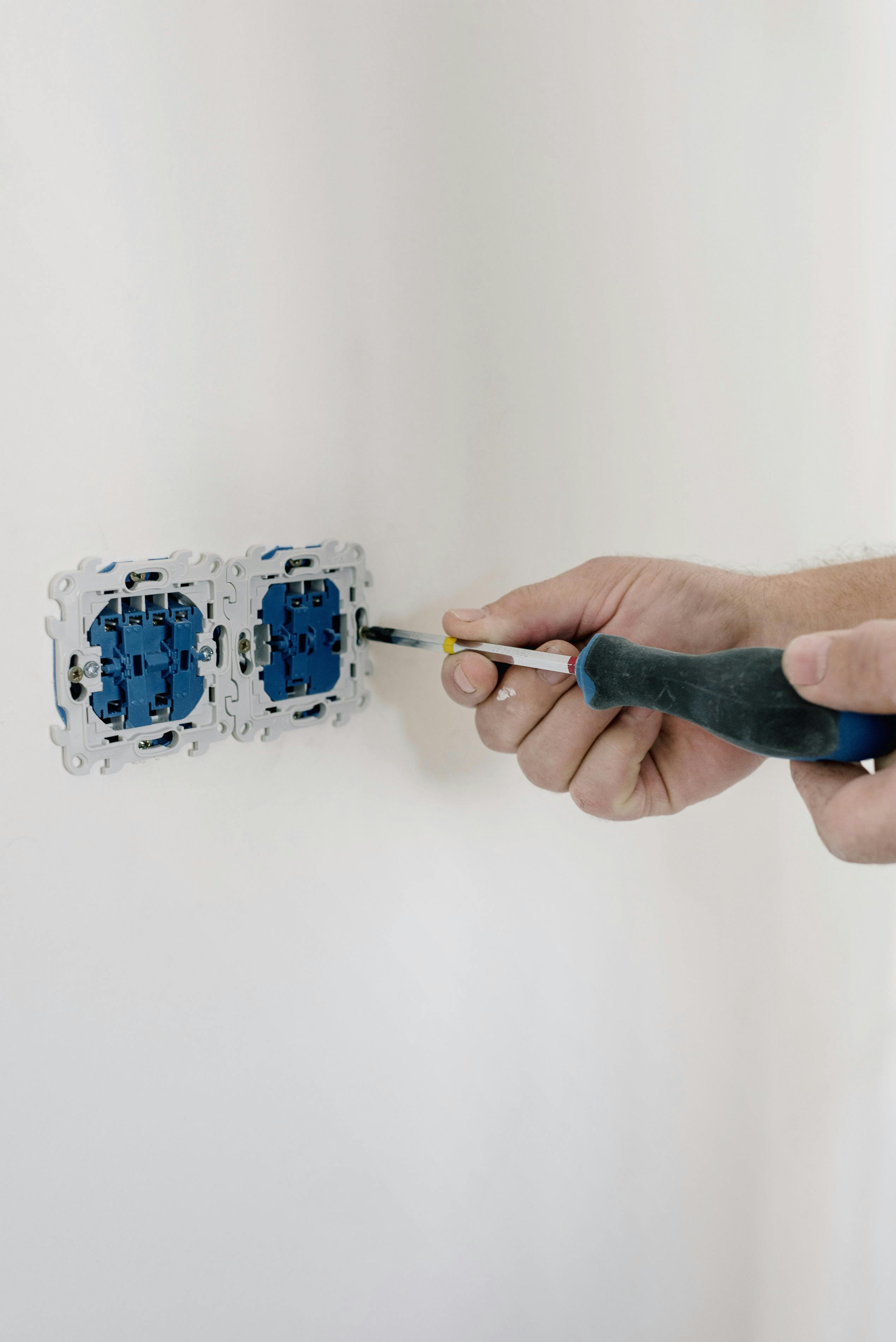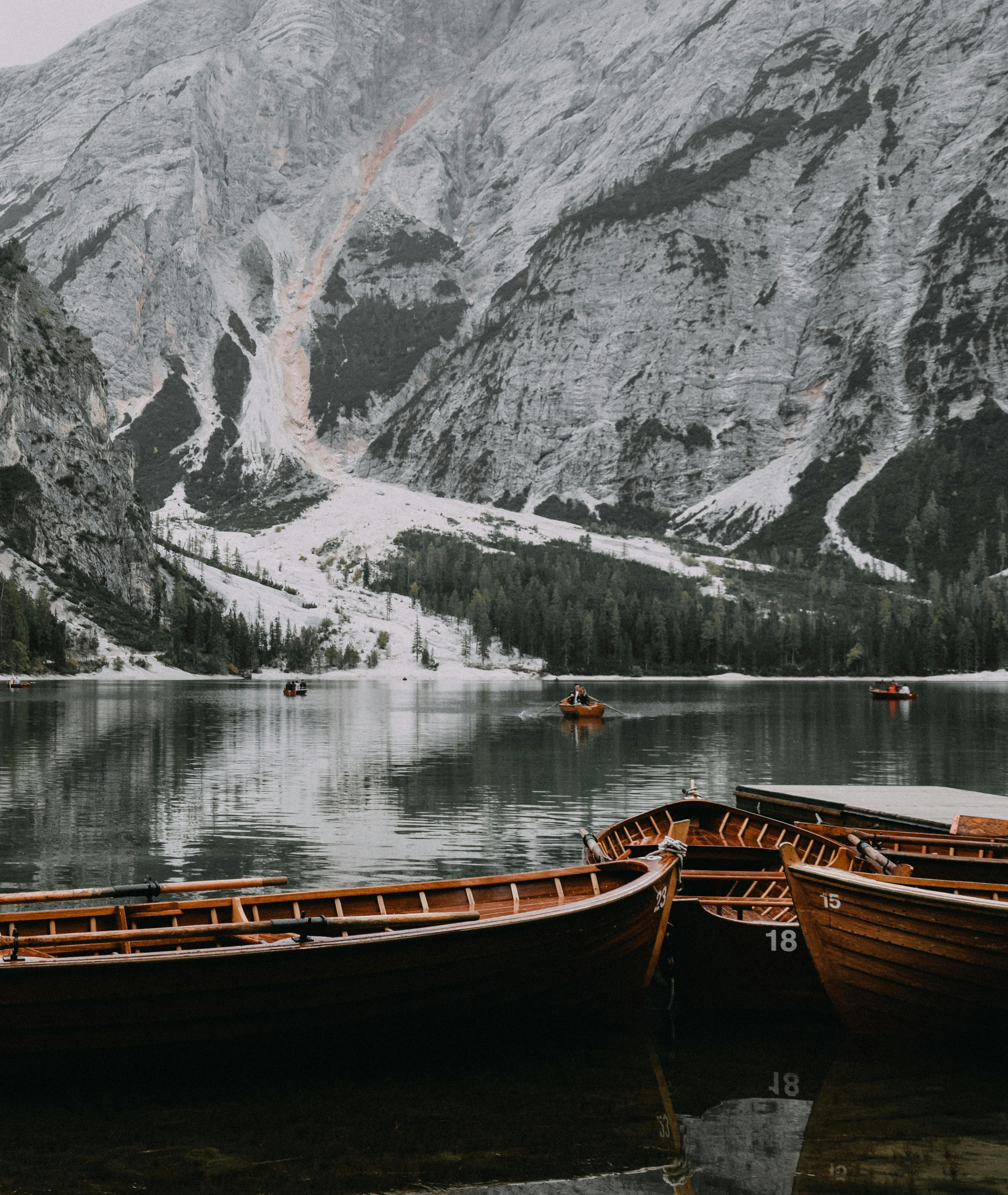As the off-season approaches, it’s important to ensure that your canoe or kayak is properly cared for and stored to maintain its longevity. From cleaning and drying to protecting it from sunlight and extreme temperatures, there are a variety of steps you can take to ensure your watercraft is ready to hit the water when the season starts again. In this article, we’ll guide you through the essential tips and tricks for caring for and storing your canoe or kayak during the off-season, so you can enjoy seamless paddling adventures for years to come.

Cleaning and Maintenance
Removing dirt and debris
Maintaining a clean canoe or kayak is essential for its longevity and performance. Before storing your vessel for the off-season, start by removing any dirt, sand, or debris that may have accumulated on both the interior and exterior surfaces. Use a soft-bristle brush or sponge to gently scrub away any stubborn dirt, ensuring you reach all the nooks and crannies.
Cleaning the interior
To clean the interior of your canoe or kayak, rinse it thoroughly with water to remove any remaining dirt or debris. Pay close attention to the drain holes and cockpit area, as these are common areas where buildup can occur. After rinsing, use a mild detergent or boat soap to give the interior a thorough cleaning. Be sure to rinse thoroughly to remove any soap residue, as this can damage the material over time.
Cleaning the exterior
When cleaning the exterior of your canoe or kayak, be mindful of the type of material it is made of. For plastic boats, a mild detergent or boat soap and water should suffice. However, if you have a fiberglass or composite vessel, opt for a cleaner specifically designed for these materials to avoid any potential damage. Gently scrub the exterior surface with a sponge or soft brush, removing any dirt, stains, or algae that may have accumulated. Rinse thoroughly and dry the surface completely.
Checking and repairing any damage
Before storing your canoe or kayak, it is essential to carefully inspect the entire vessel for any signs of damage. Look for cracks, dents, or any other imperfections that may affect its structural integrity or performance. If you come across any damage, assess the severity and consult a professional if necessary. Small cracks or punctures can often be repaired using a marine-grade repair kit, while more extensive damage may require professional assistance.
Applying protective coatings
To protect your canoe or kayak from the elements during the off-season, consider applying a protective coating. For plastic boats, a UV-resistant spray or wax can help prevent fading and degradation caused by prolonged sun exposure. Fiberglass and composite vessels can benefit from a specialized marine-grade polish or wax to maintain their shine and protect against environmental wear. Ensure the vessel is clean and dry before applying any coatings, following the manufacturer’s instructions for best results.
Proper Drying
Draining water
Before storing your canoe or kayak, it is crucial to ensure that all water is thoroughly drained from the vessel. This is especially important if you have used your boat in freshwater or saltwater environments, as excess moisture can lead to mold, mildew, and corrosion. Tilt the canoe or kayak from side to side to encourage any remaining water to drain out of the scupper holes or cockpit area. For kayaks with hatches, open them to allow air circulation and aid in the drying process.
Air drying
Once you have drained the water, allow your canoe or kayak to dry naturally. Place it in a well-ventilated area away from direct sunlight to avoid any damage caused by UV rays. For an even faster drying process, consider using a fan or dehumidifier to expedite the evaporation of moisture. It is essential to ensure that both the interior and exterior of the vessel are completely dry before storing it to prevent the growth of mold or mildew.
Using a towel or sponge
If you are short on time and need to expedite the drying process, you can also use a clean towel or sponge to remove any excess water from the interior and exterior surfaces. Pat the surfaces dry, paying close attention to hard-to-reach areas or areas where water may still be lingering. This method is particularly useful for areas such as the cockpit and crevices between hatches or compartments. However, it is crucial to note that towel drying alone may not be sufficient to remove all moisture, so air drying is still recommended.

Choosing the Right Location
Indoor storage
When it comes to storing your canoe or kayak during the off-season, indoor storage is often the preferred option. Storing your vessel indoors provides protection against harsh weather conditions, UV exposure, and potential theft. If you have sufficient space, consider storing your canoe or kayak in a garage, shed, or basement. Position it away from direct sunlight and ensure there are no obstructions or potential hazards in the storage area that could damage the vessel.
Outdoor storage
If indoor storage is not feasible, outdoor storage can be an alternative option. However, it is crucial to select a suitable location and implement additional precautions to protect your canoe or kayak from the elements. Choose an area that is well-sheltered from direct sunlight, rain, and strong winds. Utilize a waterproof tarp or specifically designed canoe or kayak cover to shield the vessel from moisture and UV rays. Secure the covering tightly to prevent it from blowing off or accumulating water.
Considerations for both options
Whether you opt for indoor or outdoor storage, it is important to consider a few key factors. Firstly, ensure that the storage location is easily accessible, allowing you to check on and maintain your canoe or kayak regularly. Secondly, be mindful of temperature fluctuations. Extreme temperatures can cause materials to warp, shrink, or expand, potentially damaging your vessel. Lastly, consider the presence of rodents or insects in both indoor and outdoor storage areas, as they can cause extensive damage if not addressed promptly.
Protective Covering
Using a tarp or cover
When storing your canoe or kayak, it is essential to protect it from the elements by using a suitable cover or tarp. A waterproof cover or tarp made specifically for canoes and kayaks will help shield the vessel from rain, snow, dust, and other environmental factors. Ensure that the cover is large enough to fully enclose the canoe or kayak, and that it is made from a durable and water-resistant material. This protective layer will minimize the potential for damage caused by moisture, UV rays, and debris.
Securing the covering
Once you have placed the cover over your canoe or kayak, it is crucial to secure it adequately. Use bungee cords or straps to fasten the cover tightly, preventing it from being blown off or easily accessed by rodents or pests. Ensure that the cover is pulled snugly over the vessel, leaving no loose or sagging areas. Regularly check the covering throughout the off-season to ensure it remains intact and provides optimal protection for your canoe or kayak.

Handling and Positioning
Avoiding pressure points
When handling your canoe or kayak, it is crucial to avoid placing excessive pressure on specific areas. This is especially important during storage, as prolonged pressure can cause deformation or damage to the hull. Use caution when placing your vessel on racks, stands, or any other storage supports, ensuring that the weight is distributed evenly. If using racks, choose ones specifically designed for canoes or kayaks, as they feature padded supports that distribute weight evenly and minimize the risk of pressure points.
Use of stands or racks
To maximize space efficiency and protect your canoe or kayak during storage, consider utilizing stands or racks. Canoe and kayak stands are specifically designed to provide adequate support while minimizing pressure points. These stands are available in various shapes and sizes, allowing you to choose the option that best suits your storage area and vessel. Additionally, there are wall-mounted racks that can save even more space, provided your storage area has the necessary wall support.
Safe Transportation
Preparing for transportation
If you plan on transporting your canoe or kayak to a different location for storage, proper preparation is key to avoiding any damage during transit. Start by removing any accessories or loose items from your vessel, such as paddles, bailers, or seating cushions. Ensure that all hatches, compartments, and drain plugs are tightly secured to prevent water from entering during transportation. If possible, consider investing in a purpose-built kayak or canoe trailer for added stability and protection during transit.
Securing the canoe or kayak
To prevent any shifting or potential damage during transportation, it is crucial to secure your canoe or kayak properly. Start by using cam straps or tie-down straps to secure the vessel to the trailer or roof rack securely. Ensure that the straps go through the appropriate attachment points on your canoe or kayak, such as the bow and stern handles or designated tie-down points. Tighten the straps evenly, ensuring that the vessel is held firmly in place but not excessively compressed.
Preventing damage during transit
During transportation, it is essential to take additional precautions to prevent any damage to your canoe or kayak. Avoid driving at excessive speeds, especially on bumpy roads, to minimize the risk of impact damage or vessel movement. If you encounter inclement weather, such as heavy rain or strong winds, consider pulling over and waiting for conditions to improve to avoid compromising the integrity of your vessel. Regularly check the straps and ensure they remain tight throughout the duration of the journey.
Maintenance of Accessories
Cleaning and storing paddles
In addition to caring for your canoe or kayak, it is important to pay attention to the maintenance of your paddles. After each use, rinse the paddles with freshwater to remove any salt, sand, or dirt. If necessary, gently scrub the blades with a soft brush or sponge, focusing on areas with built-up residue. Ensure that all water is drained from the shafts and handles before storing them. Store the paddles in a cool, dry place away from direct sunlight to prevent warping or damage.
Repairing or replacing parts
Over time, certain components of your canoe or kayak may require repair or replacement. Inspect all parts regularly, including buckles, handles, bungee cords, and footrests. If you notice any signs of wear or damage, address them promptly. Replace broken or worn components with suitable replacements, ensuring compatibility and safety. Consult the manufacturer or a professional if you are unsure how to properly repair or replace specific parts.
Maintenance of life jackets and safety gear
Life jackets and other safety gear play a crucial role in ensuring your safety while paddling. Regularly inspect your life jackets for any signs of wear, tears, or damaged straps. If you notice any issues, repair or replace the life jackets as needed. Additionally, keep your safety gear clean by rinsing it with freshwater after each use. Allow it to air dry completely before storing it in a well-ventilated area away from direct sunlight. This regular maintenance will ensure that your safety gear remains in optimal condition and ready for future use.
Rodent and Insect Prevention
Sealing openings
To protect your canoe or kayak from rodents and insects during storage, take preventive measures to seal any openings that could serve as entry points. Inspect your vessel for small gaps, cracks, or crevices where pests could potentially gain access. Use silicone caulk or weatherstripping to seal these openings, creating a barrier against unwanted guests. Additionally, consider using wire mesh or hardware cloth to cover larger openings such as drain holes or ventilation ports, preventing rodents from nesting inside your canoe or kayak.
Using deterrents
In addition to sealing openings, using natural deterrents can help prevent rodents and insects from infesting your canoe or kayak. Place mothballs or cotton balls soaked in peppermint oil inside the storage area to deter pests. Rodent-repellent pouches containing natural ingredients such as cedar or mint can also be effective. Avoid using chemical-based deterrents, as these may damage the materials of your vessel.
Checking for signs of infestation
Regularly inspect your canoe or kayak for any signs of rodent or insect infestation. Look for chewed areas, nesting materials, droppings, or signs of gnawing. If you suspect an infestation, take immediate action to address the issue. Remove any pests or nesting materials and thoroughly clean and disinfect the affected areas. Consider consulting a professional pest control service for more severe infestations to ensure the problem is resolved effectively.
Regular Inspection
Scheduled check-ups
Regularly inspecting your canoe or kayak is essential for identifying any potential issues and ensuring its continued functionality. Schedule routine check-ups throughout the year, even during the off-season. These check-ups should include a thorough examination of the hull, seats, deck lines, bungee cords, and any other components. Look for signs of wear, cracks, or any other visible damage.
Identifying issues
During your regular inspections, pay close attention to any emerging issues or changes in the condition of your canoe or kayak. Look for soft spots or areas where the material feels weaker, as these could indicate delamination or structural damage. Noticeable changes in the shape or alignment of the vessel can also be signs of damage or warping. By identifying these issues early on, you can address them promptly and prevent further damage.
Addressing problems promptly
If you discover any issues during your inspections, it is important to address them promptly. Small cracks or scratches in the hull can often be repaired with a marine-grade repair kit, preventing the issue from worsening. However, more severe damage or structural issues may require professional assistance. Consult a reputable canoe or kayak repair specialist to assess the problem and determine the best course of action.
Preparation for Reuse
Cleaning and inspection
Before using your canoe or kayak after the off-season, it is essential to thoroughly clean and inspect the vessel. Remove any dust, dirt, or debris that may have accumulated during storage using a soft brush or sponge. Rinse the vessel with freshwater and ensure that all traces of cleaning products, if used, are completely removed. Once clean, inspect the canoe or kayak for any signs of damage or wear that may have occurred during storage or transportation.
Reapplying protective coatings
To ensure your canoe or kayak is adequately protected, consider reapplying any protective coatings that may have worn off during storage. This includes applying UV-resistant sprays or waxes for plastic vessels and marine-grade polish or wax for fiberglass or composite ones. Follow the manufacturer’s instructions carefully, ensuring the vessel is clean and dry before application. These protective coatings will help maintain the integrity and appearance of your canoe or kayak, ensuring it remains in optimal condition for future use.
Testing equipment and accessories
In addition to preparing your canoe or kayak, it is also important to test and ensure the functionality of your equipment and accessories. Check the condition of your paddles, life jackets, and safety gear, ensuring that they are still in good working order. Test any electronics or navigation equipment to ensure they are functioning correctly. If you notice any issues or concerns, address them promptly by repairing or replacing the necessary items. This thorough preparation will guarantee that all components are in proper working condition, ensuring your safety and enjoyment on the water.
